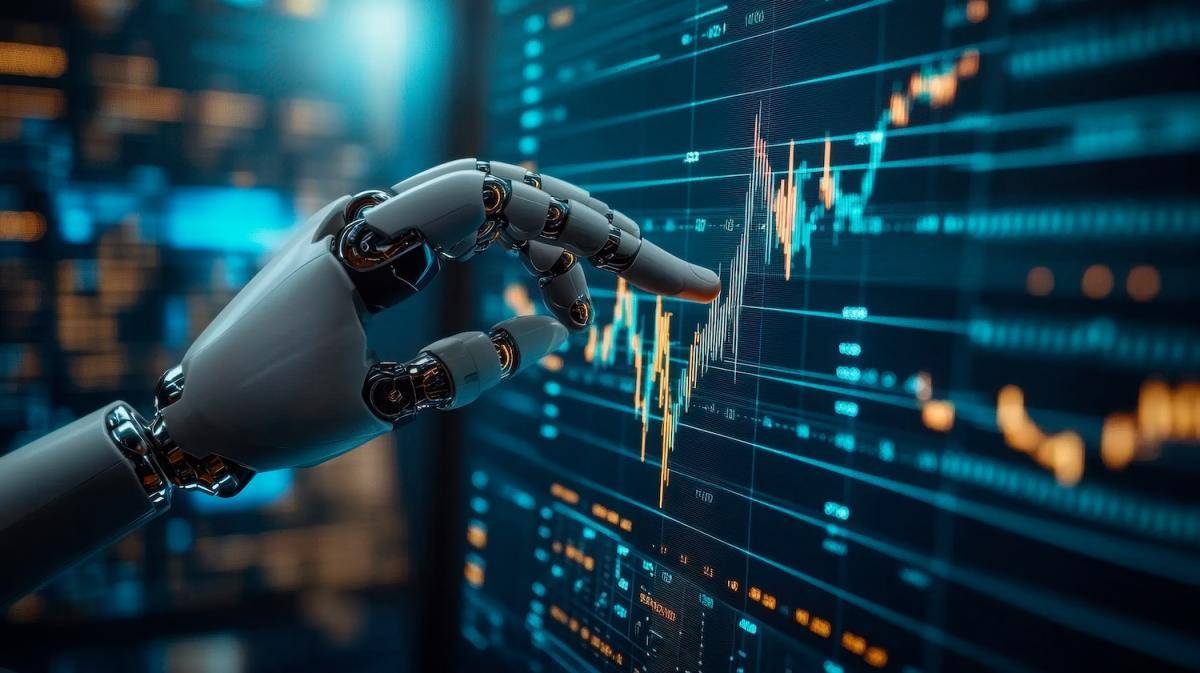Artificial Intelligence in Asset Pricing
Artificial intelligence (AI) is transforming the world of asset pricing, bringing in a new era of precision and efficiency. One of the most exciting advancements is the integration of transformer models into asset pricing. These models, adapted from successful transformer architectures in AI, have shown remarkable capabilities in enhancing the accuracy of asset pricing compared to traditional machine learning approaches.
Transformer-Based Models
In recent research, a new asset pricing model was developed by incorporating transformers into the stochastic discount factor, which leverages conditional pricing information through cross-asset information sharing and nonlinearity. This innovation allows for large reductions in pricing errors compared to previous models. The use of transformers enables the capture of complex market dynamics more effectively than older methods, such as linear models, by allowing assets to share information across the market.
Symbolic Modeling by Texas A&M University
Furthermore, researchers from Texas A&M University have introduced another AI-driven approach called Symbolic Modeling. This method uses machine learning techniques like genetic programming and deep learning to generate nonlinear expressions, improving upon traditional models like the Fama-French 3-Factor model. Symbolic Modeling has been tested across nearly four decades of data from hundreds of companies, demonstrating its potential in capturing hidden market relationships more effectively than linear models.
Data Processing and Market Insights
The integration of AI in investment management is not just about new models; it’s also about processing vast amounts of data quickly and accurately. AI algorithms can analyze both structured and unstructured data, providing insights that human analysts might miss. This capability is crucial for investment firms looking to generate additional returns and differentiate themselves in the competitive financial landscape.
Impact on Market Behavior
As AI continues to evolve, it’s also changing how financial markets operate. The speed and size of price movements may exceed previous levels due to AI’s ability to rapidly process and react to new information. This raises questions about financial stability and the need for regulators to adapt to these changes.
Interpretability of AI Models
Moreover, there’s a growing focus on making AI models more interpretable. A recent study has developed a theoretical framework for interpretable transformers in asset pricing, which quantifies the trade-off between predictive power and transparency. This work ensures that transformer-based models can be both powerful and economically meaningful, offering a robust foundation for AI-driven asset pricing.
The Future of AI in Asset Pricing
The future of asset pricing looks promising with AI at its core. Whether it’s through transformers, symbolic modeling, or other AI-driven methods, the potential for more accurate predictions and better market understanding is vast. However, as AI continues to reshape financial markets, it’s crucial to address the challenges it poses for stability and regulation.
For those interested in further exploring these advancements and their implications on cryptocurrency markets, checking out resources from reputable sources like Epochedge Cryptocurrency or CoinDesk can provide valuable insights. Understanding these developments can empower both investors and financial professionals to navigate the evolving landscape of asset pricing and cryptocurrency markets.









